Ejaculatory dysfunction, also called orgasmic dysfunction, is when a man has difficulty ejaculating, even when completely aroused.
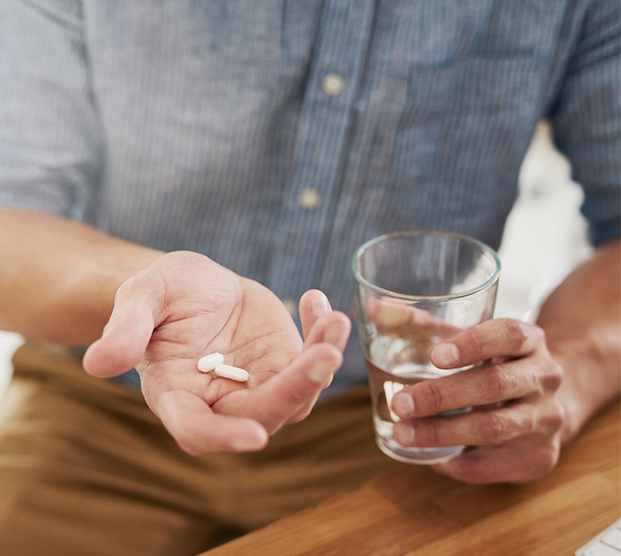
Types of Ejaculatory Dysfunction
There are six main types of ejaculatory dysfunction.
- Premature ejaculation (PE): This is when a man ejaculates before he and his partner would like it to occur. Premature ejaculation can happen continuously from the first sexual experience (lifelong PE) or after a period of normal sexual function (secondary PE). About a third of men experience PE, but only 10% seek help.
- Delayed ejaculation (DE): Men with DE take longer to ejaculate than he’d like, even if he has a full erection and is well-
stimulated. Primary DE is lifelong, while secondary DE is when men had normal ejaculation in the past. An estimated 1% to 4% of men have DE. In some cases of DE, men are unable to ejaculate during intercourse, but can do so when masturbating.
- Anejaculation: Men with anejaculation are unable to ejaculate at all. Prolonged inability to ejaculate is called total anejaculation. Men may experience situational anejaculation under certain circumstances.
- Retrograde ejaculation: During retrograde ejaculation, semen travels backward into the bladder instead of leaving the penis, and exits the body during urination. Retrograde ejaculation doesn’t have a negative effect on health, but couples who wish to have children may experience difficulty conceiving.
- Perceived ejaculate volume reduction: Men with this disorder ejaculate less semen than in the past.

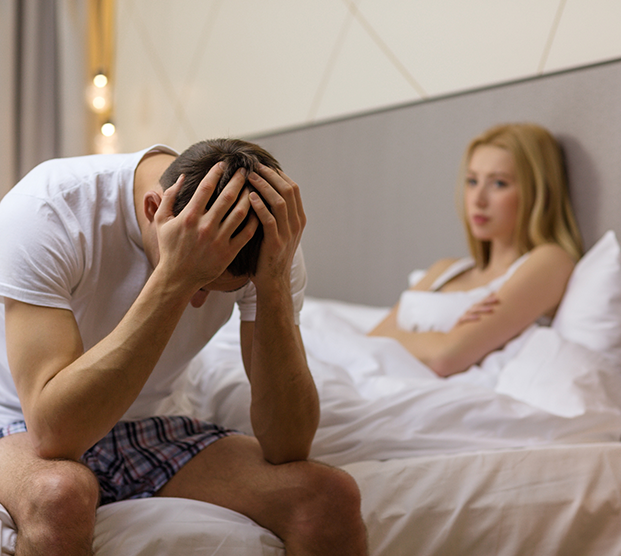

- Decreased force of ejaculation: This is when ejaculation occurs with less force than previously.
Causes of Orgasmic Dysfunction
Difficulty with ejaculation or orgasm may be related to the following factors:
Anxiety
Stress
Depression
Relationship issues
Certain medical conditions, such as diabetes
A history of gynecological surgeries
Some medications, including antidepressants
History of sexual abuse
Religious and cultural beliefs about sex and sexuality
Low self-esteem
Treatment for Ejaculatory Dysfunction
Hormone therapy for women may include an estrogen cream, patch, or pill to alleviate menopause symptoms and improve sexual response.
Men with delayed ejaculation may be prescribed medication, such as amantadine, cyproheptadine, and buspirone.
Psychotherapy may also help patients address underlying mental health issues causing ejaculatory dysfunction, such as anxiety and depression. Research has shown that most men with ejaculatory dysfunction have severe performance anxiety and poor self image that interferes with genital stimulation. This also diverts a man’s focus from the erotic cues that help enhance the quality of sexual experience.
Another treatment option for ejaculatory dysfunction is penile vibratory stimulation (PVS), which is a painless office procedure that doesn’t require anesthetic or sedation. The physician will place a specially designed mechanical vibrator at the base of the glans penis and set a certain frequency and amplitude. PVS supports sexual stimulation by improving orgasmic friction of the penile shaft.
Patients with moderate testosterone deficiency may benefit from androgen therapy. Improving testosterone levels in men can alleviate symptoms of ejaculatory dysfunction.
